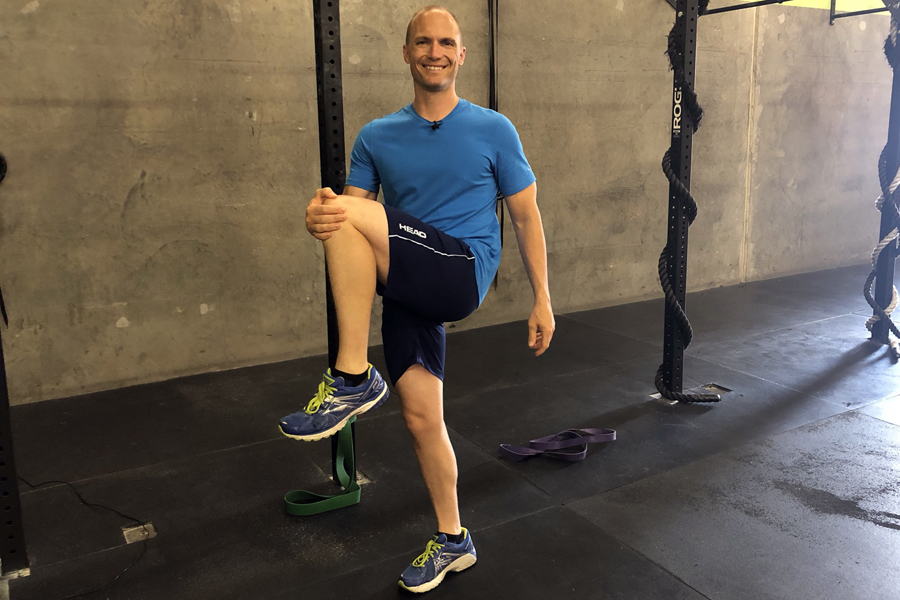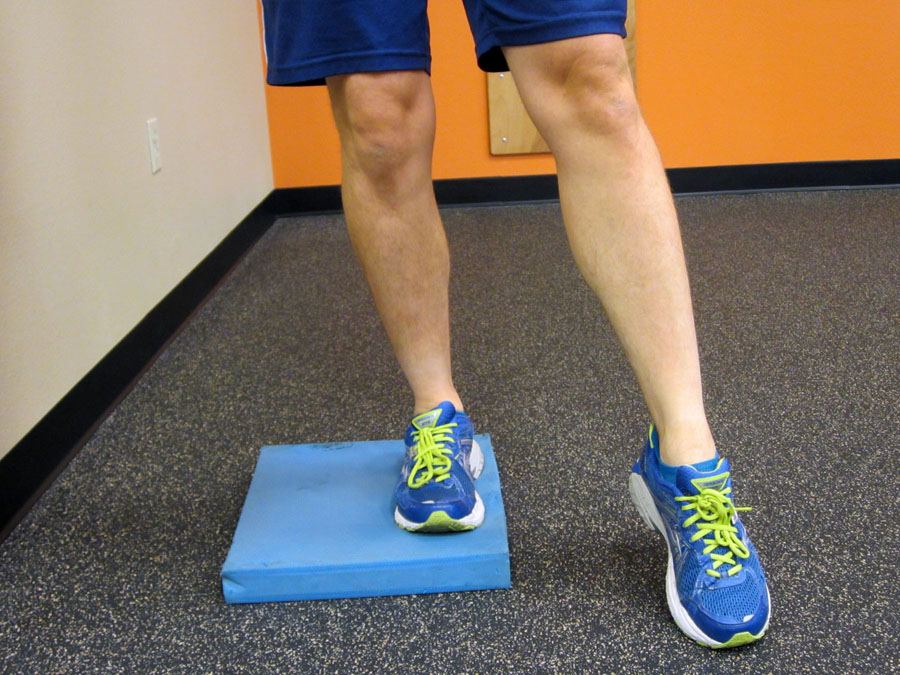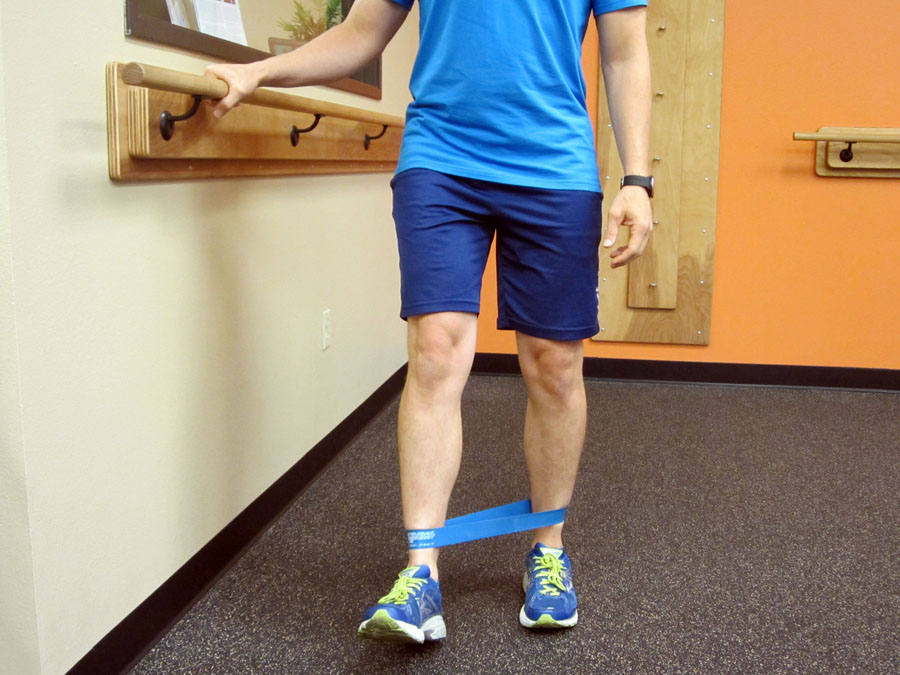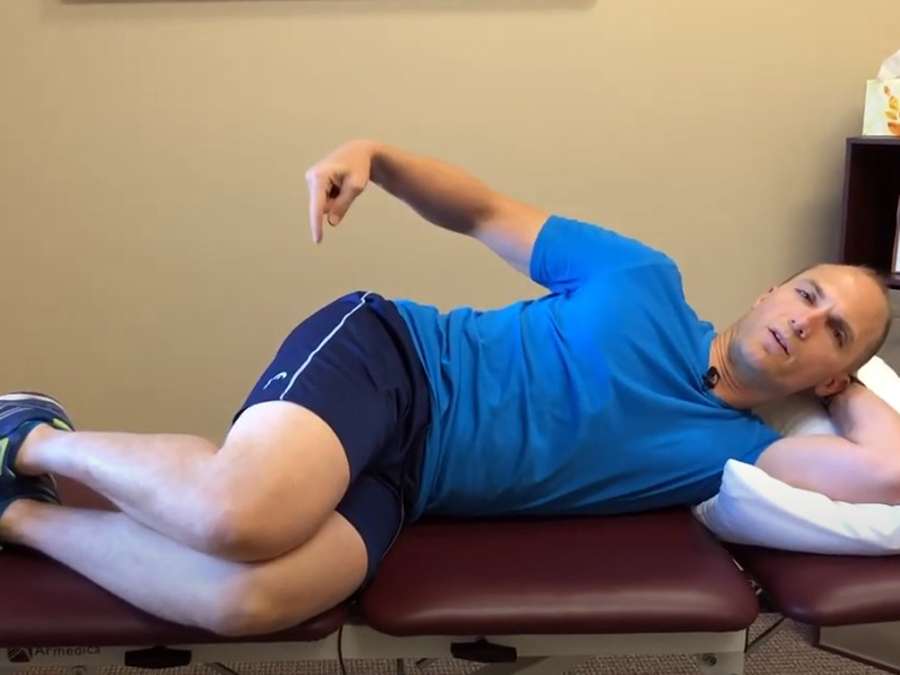Hip impingement pain is commonly felt in the groin, front of the hip or sometimes the side of the hip or deep in the buttocks. Like many lower extremity injuries, hip impingement is often multifactorial stemming from muscle strength imbalances (often due to weakness in the deep hip external rotators) and/or hip mobility imbalances. These mobility imbalances combined with muscle strength imbalances lead to altered hip biomechanics and ultimately, pain and inflammation in and around the hip labrum. These issues can be accelerated or started by a traumatic event or an overuse situation. The biomechanical imbalances cause the labrum of the hip to become inflamed and painful. This inflammation makes the biomechanical issues causing the impingement worse which just perpetuates the problem. Addressing these muscle imbalances can lead to the permanent resolution of your pain and symptoms.
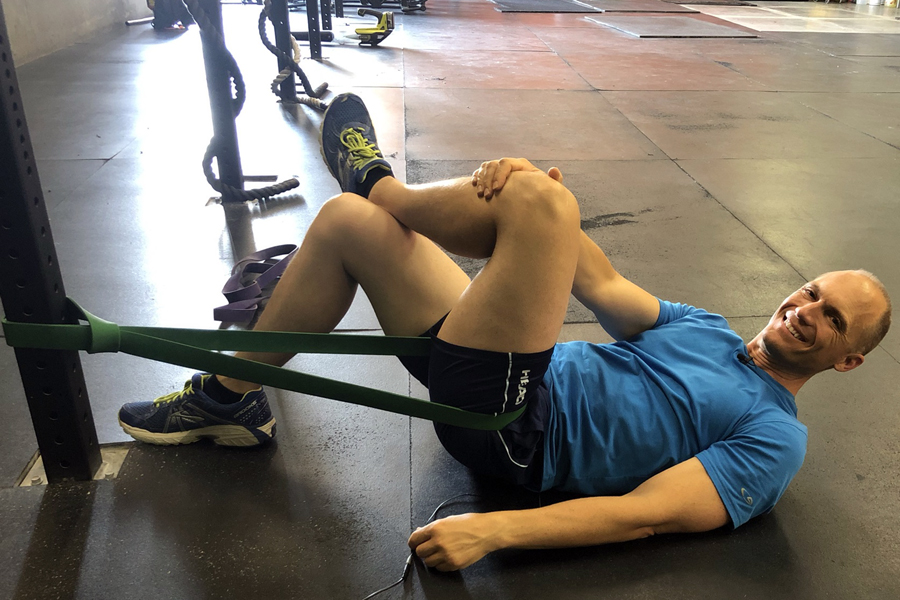
In a previous video, Treating Hip Impingement: Basic Techniques, I addressed the basics of how to self-treat hip impingement syndrome. In this video, I go over advanced techniques of how to utilize a EDGE Mobility Band or a pull up assistance band to help self-mobilize the hip and very quickly eliminate your hip impingement.
If you work on your deep hip external rotation strength (as demonstrated in this video) along with the mobilizations you are likely to see results even faster.
If you’re interested in a more thorough guide along with other videos on how to self-treat lower extremity injuries and pain, check out the Resilient Runner Program. This is the perfect guide to help you take control of your health and fitness as well as self-manage common aches, pains, and injuries. Even if you’re not a runner, this program is appropriate for those who love to stay active and want to enjoy a healthy lifestyle.
If you have a question that you would like featured in an upcoming video or blog post, please comment below or submit your question to contact@thePhysicalTherapyAdvisor.com. In case you haven’t already, be sure to subscribe to my e-mail list and YouTube channel as well as join our community on Facebook by following The Physical Therapy Advisor!

